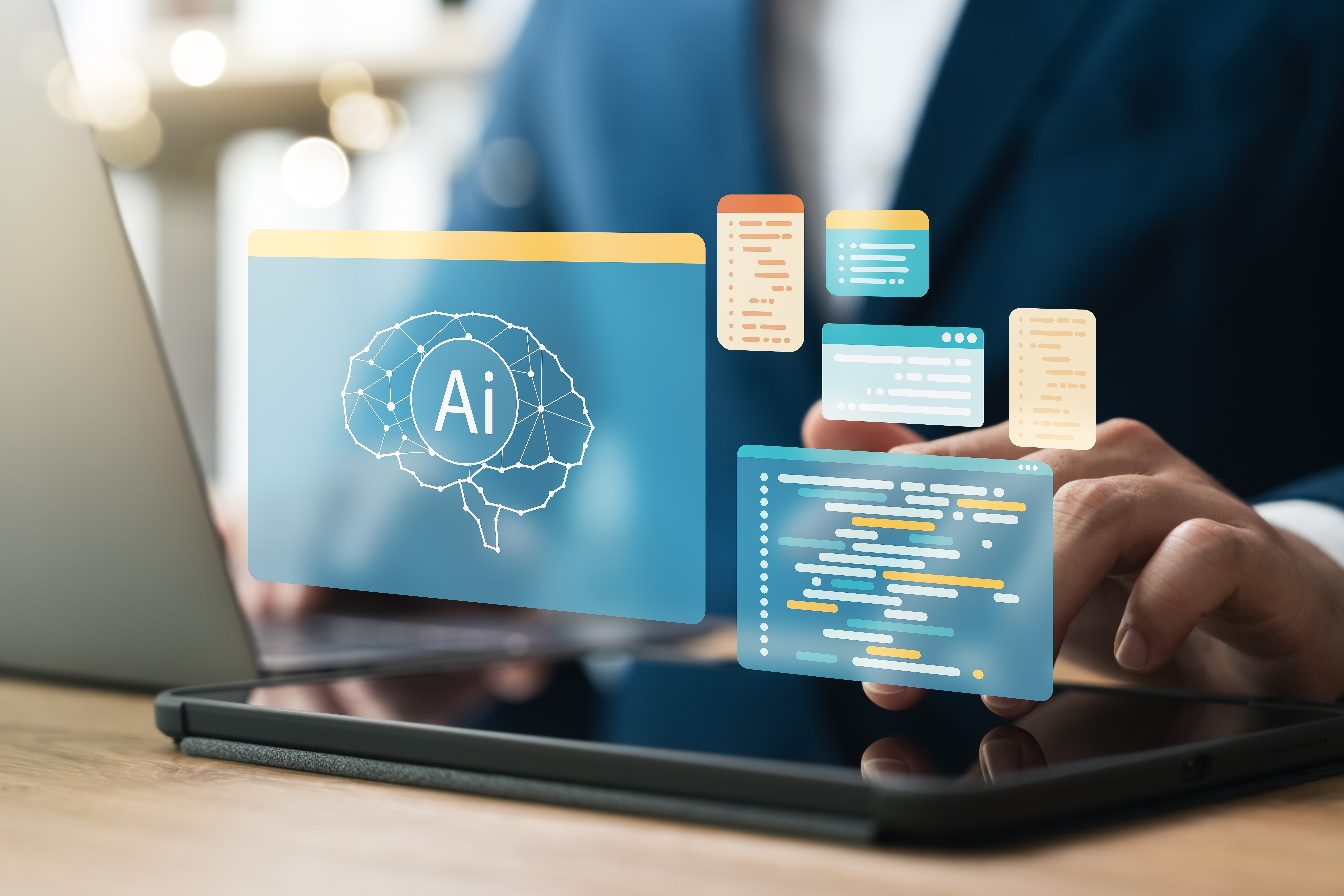
As artificial intelligence continues to reshape industries, organizations must think strategically about preparing workplaces to leverage the full potential of AI. An AI-ready workplace doesn’t just involve implementing new technology; it requires a new approach to infrastructure, culture, and skills. Below is a guide on how to create an environment that integrates AI seamlessly and enhances productivity.
1. Understanding the AI Ecosystem
To design an AI-ready workplace, it’s essential to grasp the broader AI ecosystem. The AI landscape includes machine learning, natural language processing, robotics, and data analytics, among other technologies. Recognizing how these technologies fit together, and their potential applications in your industry, helps identify areas where AI can drive real value.
- Key Insight: Invest in understanding the capabilities and limitations of various AI tools, as well as their relevance to specific business goals.
- Application: Consult AI experts or invest in learning programs to deepen the organization’s understanding of AI's potential.
2. Building a Strong Data Foundation
Data is the foundation of AI. For AI systems to be effective, they need a well-organized data infrastructure that ensures data is accessible, accurate, and relevant.
- Data Management: Invest in tools and practices that allow data to be easily captured, stored, processed, and retrieved.
- Data Literacy: Educate employees on the importance of data management to ensure AI applications function at their best.
3. Cultivating an AI-Driven Culture
An AI-ready workplace requires a culture open to innovation, learning, and adaptation. AI can raise concerns about job security and operational changes, so it’s crucial to foster a culture of trust and transparency. Encourage employees to view AI as a tool to enhance, rather than replace, their roles.
- Promote Transparency: Regularly communicate the company’s AI goals and initiatives, explaining how AI will be integrated into existing workflows.
- Encourage Collaboration: Encourage cross-departmental collaboration to help teams see the broader impact of AI on the organization, fostering an environment where employees are more comfortable experimenting with AI-driven solutions.
4. Learning New Skills
One of the most important aspects of an AI-ready workplace is ensuring that employees have the necessary skills to work effectively with AI systems. Skills such as data analysis, programming, and machine learning can enhance employees' ability to contribute to AI projects and interpret AI insights.
- Training Programs: Offer training in data literacy, AI basics, and specialized areas like machine learning or AI ethics.
- Flexible Learning Options: Provide both self-paced online courses and in-person workshops to accommodate different learning styles.
5. Investing in the Right Technology Infrastructure
An AI-ready workplace requires a technology infrastructure that supports AI operations. This includes high-performance computing, cloud platforms, and scalable storage solutions. Also, consider implementing AI-friendly tools like collaborative workspaces, virtual assistants, and advanced data visualization software.
- Cloud Solutions: Cloud platforms offer flexibility and scalability, making them ideal for AI processing and storage needs.
- Cybersecurity: As AI relies heavily on data, investing in strong cybersecurity measures ensures that sensitive information is protected.
- Cross-Functional Teams: Create teams that bring together diverse perspectives, including AI specialists and data analysts.
Conclusion
Creating an AI-ready workplace goes beyond just acquiring new technology; it requires fostering a data-driven, innovative, and inclusive culture. By focusing on data infrastructure, employee training, and investing in the right tech, organizations can create a workplace that not only welcomes AI but also thrives on it. Embracing AI thoughtfully and strategically allows businesses to unlock new levels of productivity and innovation, preparing them for the future of work.
